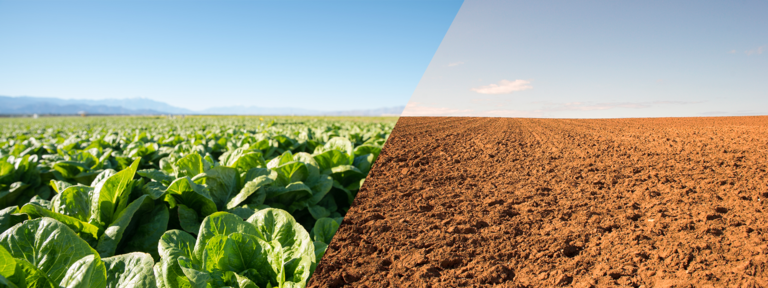Food Insecurity
- ecuorchard

- Apr 21, 2021
- 2 min read
Many of us grew up hearing the phrase, “you better eat your vegetables because there are children in Africa who are starving.” Whether you heard this from your parents, said it yourself, or saw this scene happen in the media; you understood that there are some people in the world who do not have easy access to the food that is needed to keep them healthy and secure. Food security is a world-wide issue and it is estimated that at least 821 million people worldwide are undernourished, and twice as many people face food insecurity.
Food Insecurity: “the state of being without reliable access to a sufficient quantity of affordable, nutritious food”
Climate changes only exacerbate these food insecurity issues. In our last blog post, we discussed how climate change is affecting our weather patterns, and causing more extreme and dangerous weather conditions world-wide. These changing weather conditions also play a big role in how successful our agriculture efforts are throughout the world. With changing precipitation rates (floods and droughts) and temperature changes heading towards the extremes (hot and cold) growing food has become increasingly difficult. In the picture below, you can see how food insecurities compare across different states.

When discussing climate change, temperature variations often come up, but how do these changing temperatures actually affect crop production? Well, certain crops have certain seasons in which they grow best. For instance, corn, tomatoes, squash, melons, and peppers all grow best during the summer months when they have warm soil and warm air with cooler nights. On the other hand, spinach, kale, carrots, and lettuce all prefer cooler months in the early fall.

With temperatures swinging between extreme hot and extreme cold, these crops have shortened growing seasons which in turn lowers crop production. Lower output from farms then leads to decreased food availability throughout the world, further exacerbating the issue of food insecurity throughout the world.
You may be thinking, I can’t control the weather, so how can I help solve this problem. The answer is simpler than you may believe. Many of our weather troubles come from the increased industrialization of our society, so in order to offset this, the answer is to make our world greener by planting more crops. Urban planting is a great way to not only make our industrial areas greener but also increase food security among residents. Something as simple as planting a garden in your yard, neighborhood, or city can make a big difference in providing food and security for present and future generations, and we hope that you will think about how you can do this within your life.
- The Edible Landscape Initiative



Comments